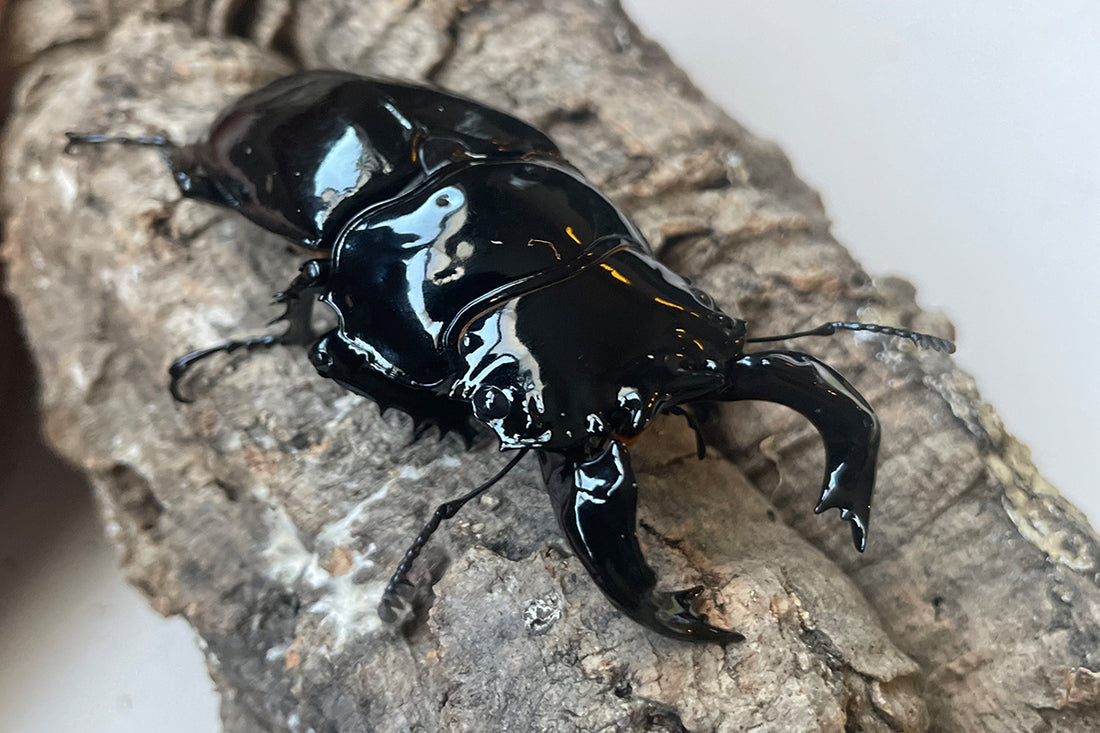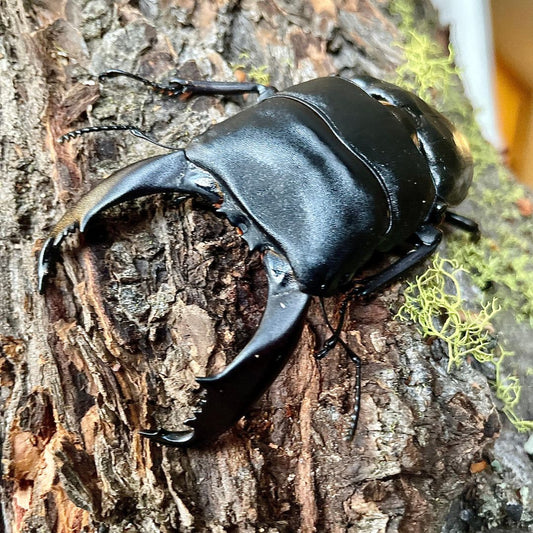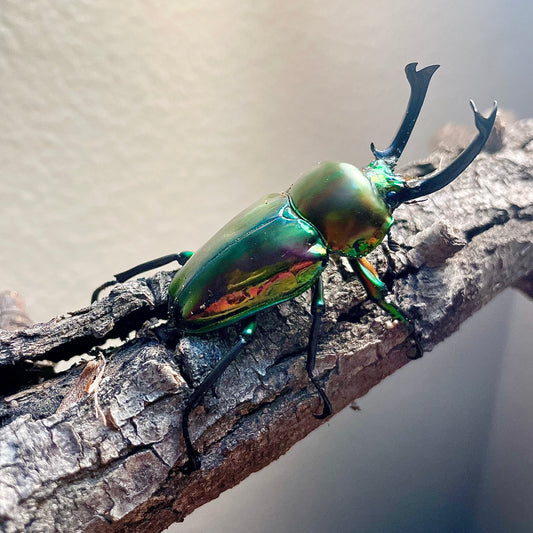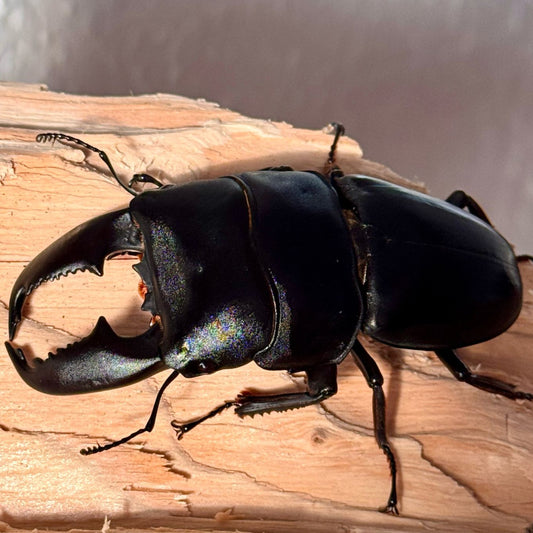Keeping beetles requires basic temperature control, which can be a major challenge for many beginners. Today, let's talk about the importance of temperature control and also explore some beetle species that do well without it!
The United States is huge, with different climates in each state and four distinct seasons.
Beetles that thrive in tropical rainforests (with monthly temperatures of 75-82°F / 24-28°C) or high-altitude and temperate regions may struggle in certain areas. That's why temperature control is almost always the first consideration when keeping beetles.

Especially in places like Texas, California, and Las Vegas, where summers can get extremely hot, maintaining a controlled temperature is crucial.

Without temperature control, higher temperatures can result in smaller adult beetles, increased larval mortality, and almost all beetles struggle in temperatures exceeding 82°F / 28°C degrees. Beyond 86°F / 30°C degrees, there's a risk of dead.
Beetles won't survive in excessively cold temperatures either! In areas where winter brings snow, like Alaska and Portland, even with indoor heating, it's essential to keep the temperature between 72-82°F / 22-28°C for an optimal beetle habitat.

However, there are still some species that do not need temperature control.
- Rhinoceros Beetles and various Hercules Beetles

These beetles are highly adaptable; good ventilation in the container is sufficient.
- M-Group Rhinoceros Beetles: Megasoma elephas elephas, Megasoma occidentale, Megasoma mars, Megasoma actaeon, etc.

These larger-sized beetles have excellent adaptability to different conditions, making them ideal for beginners.
- Stag Beetles: Dorcus titanus palawanicus, Dorcus titanus yasuokai, Dorcus titanus imperialis, Phalacrognathus muelleri, Prosopocoilus giraffa keisuke, etc.

If you're not using temperature control for stag beetle larvae, we recommend to use flake soil instead of Kinshi. The temperature inside a kinshi bottle can be higher, and larvae without temperature control may struggle, it may lead to death. Additionally, the kinshi bottle itself may deteriorate more easily, leading to a higher failure rate.
- Flower Beetles: Dicronorhina derbyana, Eudicella smithi, etc

When we talk about not needing temperature control, it means the summer temperature in that space stays below 90°F / 32°C. If the beetles are exposed to direct sunlight on a balcony, they won't survive. Just because they can survive without temperature control doesn't mean they'll thrive. If you can't control the temperature, find the coolest and most ventilated spot in your home and measure the temperature there. If it doesn't exceed 86°F / 30°C in the summer, it's a suitable place for keeping beetles.



